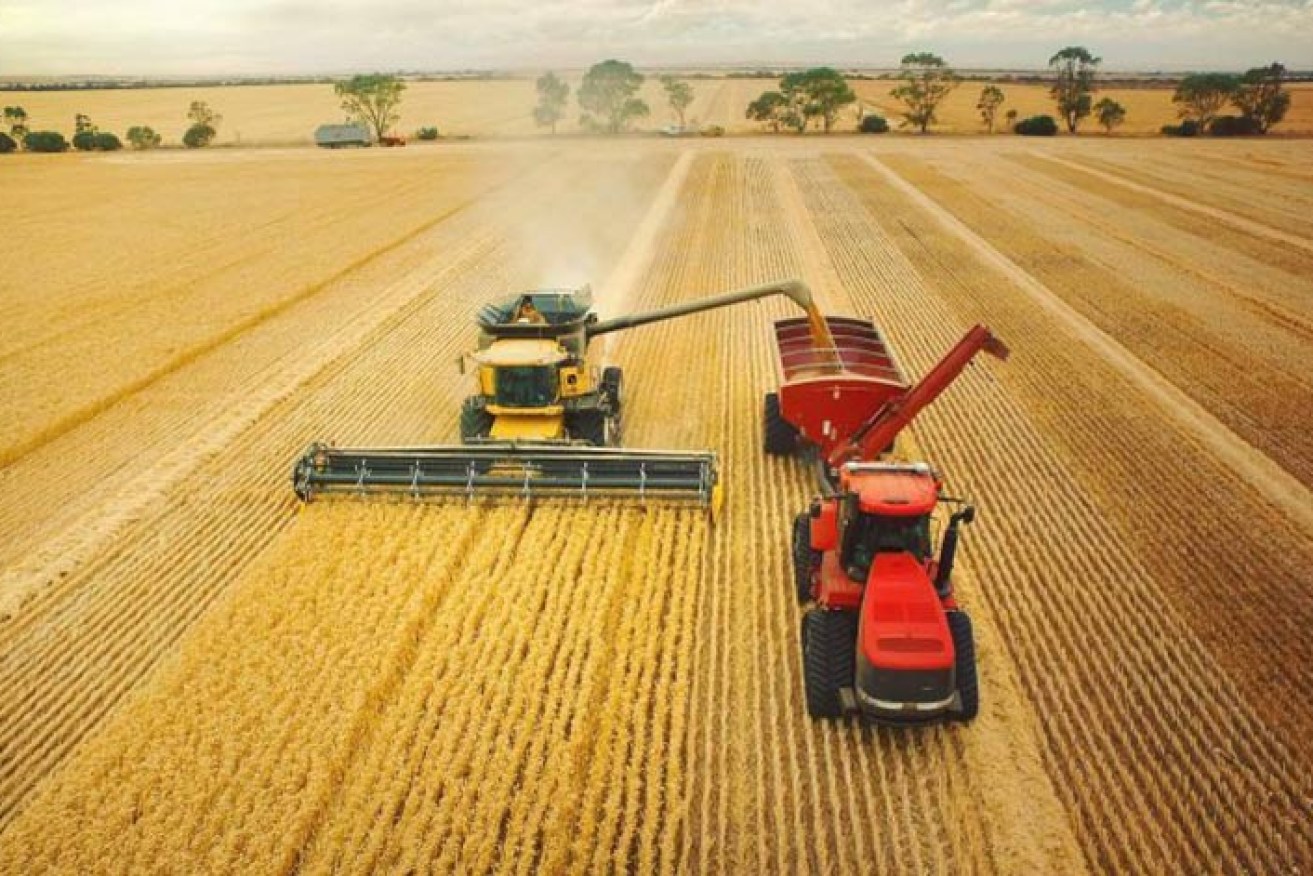Reaping the rewards of risk
Global economic challenges and uncertainty present risks to South Australia’s economy and producers but there are also significant opportunities to grasp, writes Dr Susan Stone.

Rain is delaying harvest and raising concerns over verge vegetation causing fire risks over summer. Photo supplied
Global market uncertainties caused by war and inflation pose a threat to some South Australian industries. But they also present an opportunity.
The airwaves are full of talk of inflation and rising interest rates and the effect this is having on the Australian economy. Some, like Nobel-prize winning economist Joseph Stiglitz, urged caution, fearing that the cure can be worse than the disease. Thus, it’s important that the RBA gets the balance right and fights inflation without triggering a recession. And the RBA is not alone as this malaise is also affecting many of Australia’s larger trading partners.
Most US economists are expecting a recession in that country and forecasts for Europe are no better. China, while seeming to have dodged the inflation bullet for now, is also facing slower growth and consumption amid continued lockdowns and supply disruptions, while the outlook for Southeast Asia remains uncertain.
For South Australia, this could mean a reduction in some key export areas. Belgium and Germany together account for the bulk of South Australia’s exported oil seeds, while the US buys almost half of all SA meat exports. Saudi Arabia bought more than 40% of our exported barley in 2021. China continues to dominate SA’s iron ore exports and Malaysia single-handedly bought half our copper exports. Having such market concentration exposes exporters to greater risk when things get rough.
But there are other markets out there for South Australian goods, especially given the current geopolitical situation. In 2021 Ukraine and Russia ranked in the top three global producers of goods such as wheat and barley. Africa, for instance, usually imports about 40% of its grain from Ukraine and Russia. Much of this goes to hard-hit areas such as Angola, Kenya and Nigeria, which have been experiencing soaring food prices due to recent floods, landslides and droughts.
With our established production base, this could be a chance for South Australian producers – and the workers they employ – to help alleviate critical global supply shortages
If the war in Ukraine reduces Ukrainian and Russian exports for a prolonged time, it will exert additional pressure on international food prices, which will put additional pressure on these, and other, already vulnerable countries.
The Food and Agriculture Organisation (FAO) states that under such a scenario, the number of undernourished people globally could increase by between 8 and 13 million in 2022/23, with the most pronounced increases taking place in Asia-Pacific, followed by sub-Saharan Africa and then the Near East and North Africa. If the war continues, the impacts will last much longer.
In a more extreme scenario, if a global production response isn’t forthcoming – and a current lack of affordable fertilisers is a real issue – a severe export shortfall from Ukraine and Russia over the next couple of years could see the number of undernourished reach 19 million people in 2023.
The good news is that many of these essential goods are produced right here in South Australia. They are already important to the state economy, accounting for a larger share of South Australians’ incomes than they do for those interstate – two and a half times more, in fact. Yet at the same time for some crops like wheat, South Australia accounts for 25% of Australia’s production but only 17% of total exports, so there is room there to get a greater share of Australian wheat exports.
All else being equal, this could translate to an opportunity for South Australian farmers, where production of wheat, barley, vegetables and fertilisers is increasing. With our established production base, this could be a chance for South Australian producers – and the workers they employ – to help alleviate critical global supply shortages.
Thus there is the potential for South Australia to help meet an urgent global need while also benefiting the local economy. This may also allow us to establish new markets for our goods and diversify away from an over-dependence on certain key markets.
In uncertain times, it’s good to build on existing strengths to ensure the state remains in a strong position to weather that uncertainty. South Australia has many such strengths on which to build.
Dr Susan Stone is the University of South Australia’s inaugural Credit Union SA Professorial Chair in Economics




